A couple of weeks ago, Adam McCollum (Hill Museum & Manuscript Library, Minnesota) sent me the photograph of the recto of a paper leaf written in the Bohairic dialect of Coptic. The fragment was used as an endpaper in a ca. 15th-16th century Syriac codex from the Monastery of Saint Mark in Jerusalem (shelfmark no. 64). Adam came across the fragment while cataloguing the Syriac and Arabic manuscripts in this location.
Upon inspection, it appeared to me that the leaf preserves a portion from the Martyrdom of Macrobius (clavis coptica 0286). According to Coptic hagiography, Macrobius was a bishop of Nikiou (Pshati) martyred under Diocletian.[1] The new fragment recovered from the Syriac manuscript is important because only one other fragment from this martyrdom has survived. Thus, in 1949, the Bollandist Paul Devos published a similar Bohairic leaf from the Martyrdom of Macrobius, which is preserved in the National Library in Paris as BnF Copte 151, fol. 1.[2]
Although only little has survived from the martyrdom itself, the passion of Macrobius can be reconstructed with the help of an encomium dedicated to him, attributed to a certain Menas of Pshati (BHO 583; clavis coptica 0224).[3] Similarly, the Copto-Arabic synaxary dedicates to Macrobius a note (cf. 2 Barmahat, the day of his commemoration).[4] The text of the Jerusalem fragment corresponds, grosso modo, to a portion of the Encomium on Macrobius attributed to Menas of Pshati.[5] The new fragment contains a part of the episode when Macrobius is boiled by the governor Armenius in grease, oil and pitch.
The paleographical features of the fragment suggest that it came from a codex produced in one of the monasteries of Scetis (Wadi el-Natrun), perhaps in the 10th or 11th century. Thus, its discovery in a 15th-16th century Syriac codex from Jerusalem stirs up some mystery. Luckily, we found an important clue for solving this mystery. My guess that the Bohairic manuscript came from Scetis was confirmed when Adam found the following note in Garshuni, written by the scribe of the codex in which the Coptic leaf has been pasted:
“May the mercy of God be on the one who has donated this book to the monastery of our lady the mother of God, the monastery of Scetis, and on the one who made effort again and returned it to the monastery of Scetis.”
This indicates that, before coming into the possession of the Monastery of St. Mark in Jerusalem, the Syriac manuscript belonged to the well-known monastery of Dayr al-Suryan in Scetis, Egypt. It becomes clear now that the one who manufactured the Syriac codex in the 15th or 16th century used a Bohairic manuscript fragment he had at hand, which, very likely, was not useful anymore.
Even more strikingly, the only other Bohairic fragment from the Martyrdom of Macrobius, published by Devos, has been reused in a similar way in another Syriac liturgical manuscript. However, Devos said that the Paris manuscript is a parchment fragment, while the one in Jerusalem is a paper fragment. Some further investigation of the two manuscripts may deem necessary in order to determine whether they have any connection.
[1] Cf. T. Orlandi, “Macrobius, Saint,” in A.S. Atiya, The Coptic Encyclopedia vol. 5 (New York: Macmillan, 1991) 1494.
[2] P. Devos, “Le fragment survivant de la Passion copte de S. Macrobe (Ms. Paris copte, 151),” Analecta Bollandiana 67 (1949) 153-164.
[3] Ed. in H. Hyvernat, Les actes des martyrs d’Égypte (Paris: Ernest Leroux, 1886) 225-246. Hyvernat edited the text after a manuscript in the Vatican library.
[4] R. Basset, Le synaxaire arabe Jacobite: (rédaction copte). IV, Les mois de barmahat, barmoudah et bachons (Patrologia Orientalis, 16/2; Paris: Firmin-Didot, 1922) 190-193.
[5] Hyvernat, Les actes des martyrs, 232-233.

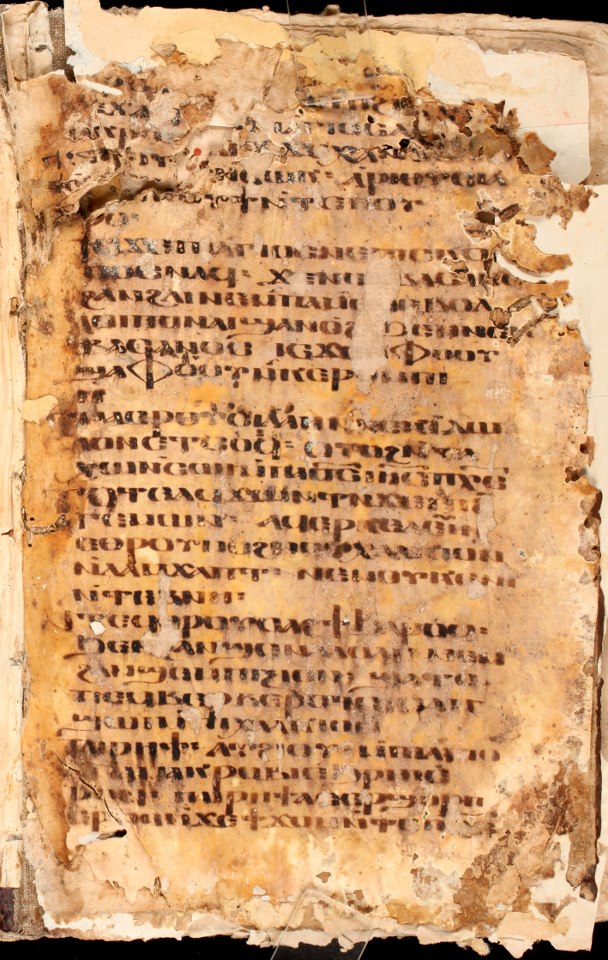








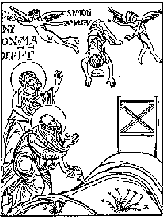




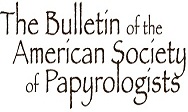
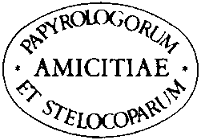
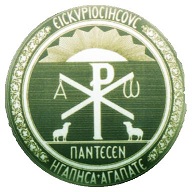





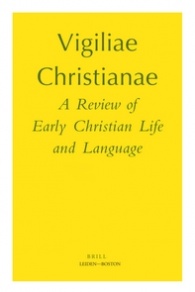






Reblogged this on hmmlorientalia and commented:
Alin Suciu here discusses a Coptic leaf found in a Syriac manuscript from Saint Mark’s Monastery in Jerusalem that I came across a couple of weeks ago. Thanks to him for his remarks!
Pingback: The Martyrdom of Macrobius in Gǝʿǝz (and Arabic) | hmmlorientalia